Waking Nightmares
In which Norm spins up the new 4K editions of SMILE 2 and THE CELL.
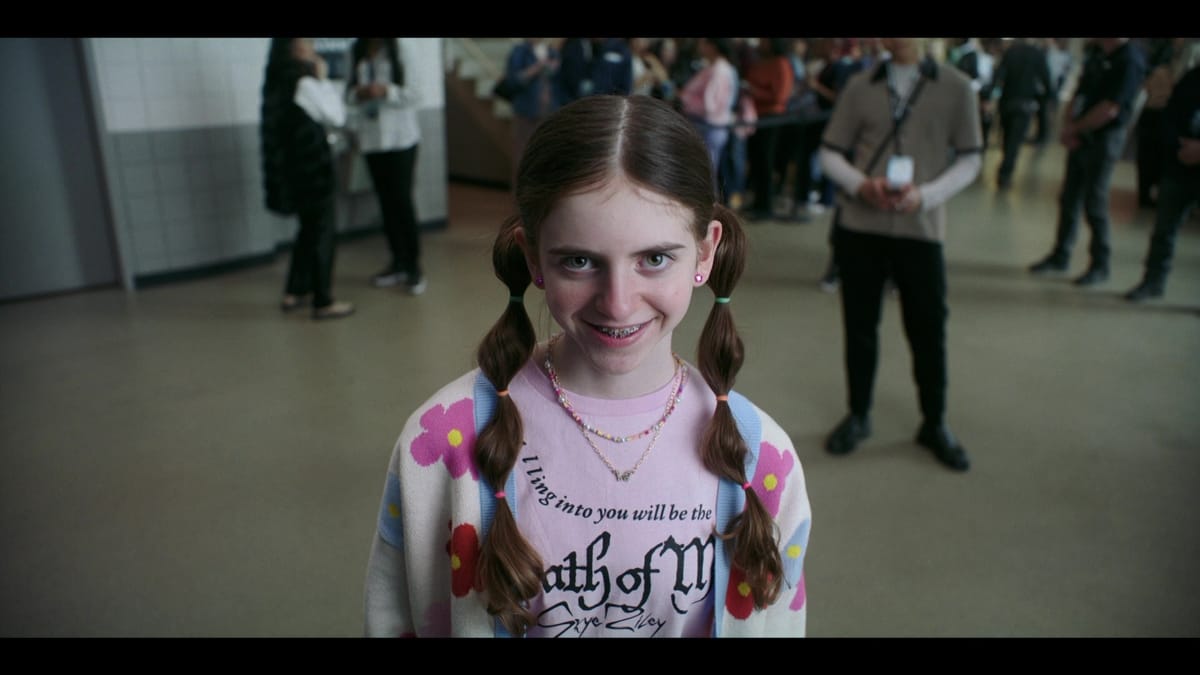
I was not the biggest fan of Smile when it opened in 2022; it was decent entertainment, but awfully too derivative of The Ring and It Follows. You’re unlucky enough to run into someone possessed by the smile demon, it spends the next week driving you insane with malevolent hallucinations drawn from your own traumatic history, and then it kills you – and jumps to whoever was unlucky enough to run into you.
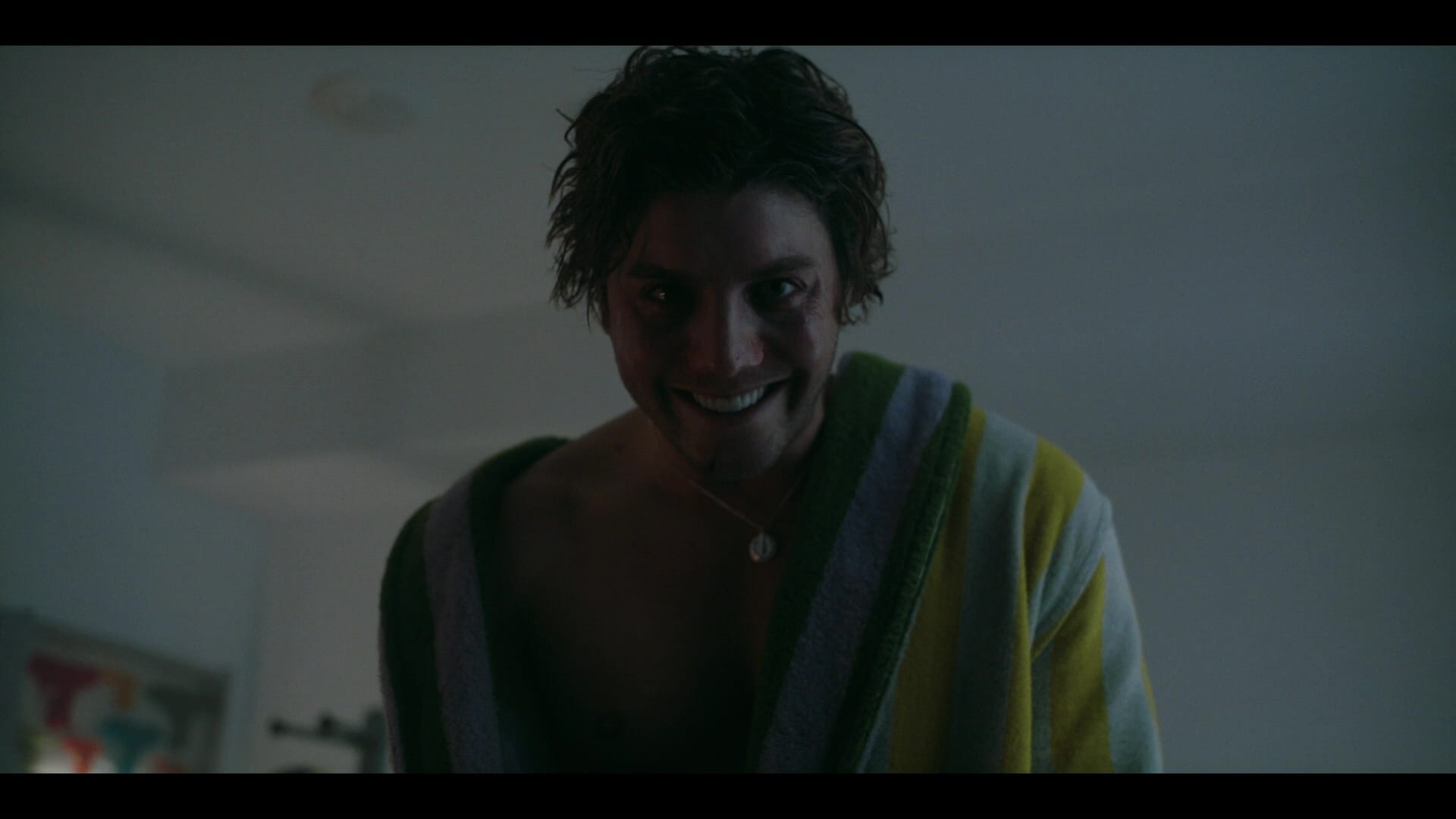
I mean, I respected writer-director Parker Finn’s dream-state aesthetic and Sosie Bacon’s committed performance as the current victim, but it all felt a little too familiar; another problem was that its story unfolded slowly enough that I had plenty of time to think of other movies that handled the same material with more style.
Well, two years later here is Smile 2, and it’s everything the first movie should have been. Just as Finn built the first one on the bones of his short film Laura Hasn’t Slept, he uses our knowledge of the first Smile to come roaring at us with a (mostly) self-contained sequel that asks a brilliant question: What if Taylor Swift got cursed by the smile demon?
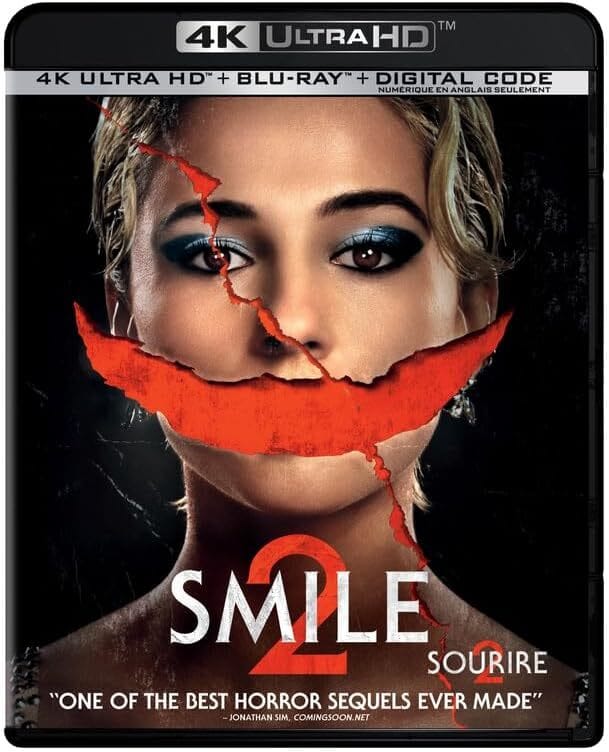
To be fair, Skye Riley (Naomi Scott) is her own person, rather than a stand-in for Swift. Sure, she’s a globally famous pop icon known for her deeply personal material, elaborate choreography and devoted fan base of tweens and young women, but Skye’s trajectory deviates into darkness: She’s a recovering addict, and also still suffering from the back injury she sustained a year ago when she survived a car wreck that killed her actor boyfriend Paul Hudson (Ray Nicholson).
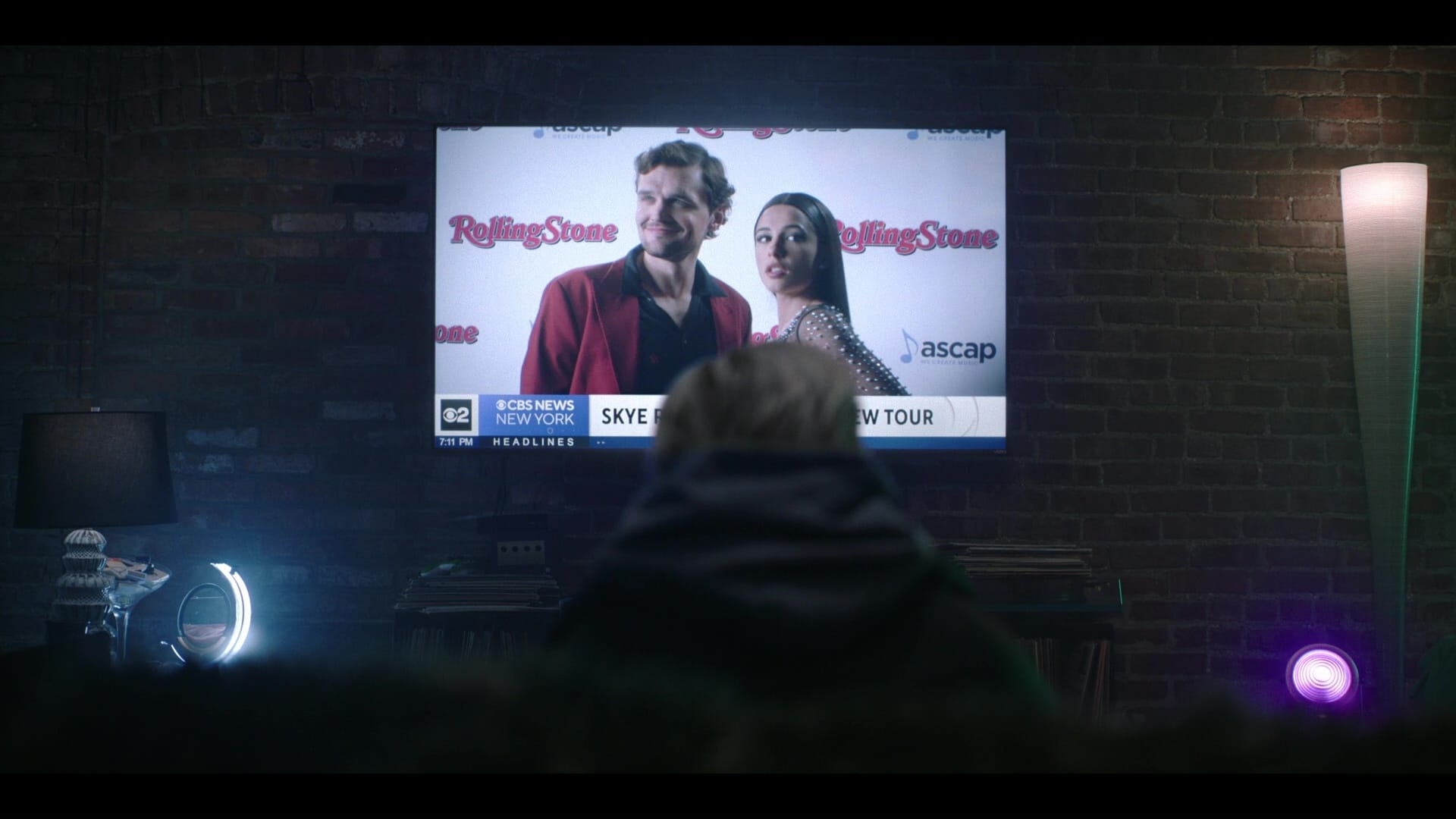
Skye’s telling everyone she’s clean, which is technically true in that she’s not abusing drugs or alcohol. But she is using, self-medicating with Vicodin as needed, and when she tweaks something during a rehearsal for her comeback tour, she pays a visit to an old friend (Lukas Gage) … and you’ll never guess what that guy’s been going through. Or maybe you will.
The shift in perspective lets Finn open up the throttle on Smile 2 and just go for it, finding a lot more humor in the horror than the first film allowed. Skye’s coping strategy – draining a bottle of water whenever she feels the impulse to fall back into drugs or alcohol – becomes a brilliant running gag, and of course her celebrity status complicates every standard horror-movie task.

Already isolated before the curse ever finds her, Skye can’t tell her manager mother (Rosemarie DeWitt) she’s losing it; she’ll think she’s gone off the wagon and send her to rehab. And having alienated her entire support system before the crash, there’s no one else she can trust: Skye’s estranged bestie Gemma (Dylan Gelula) has plenty of reasons to think the worst of her. All this means Scott gets to play the endless wild-eyed panic of someone who is keeping everything inside, and doing a terrible job of it. And when the time comes to deliver the freakouts, she’s all in, embracing Skye’s disbelief as much as her terror.
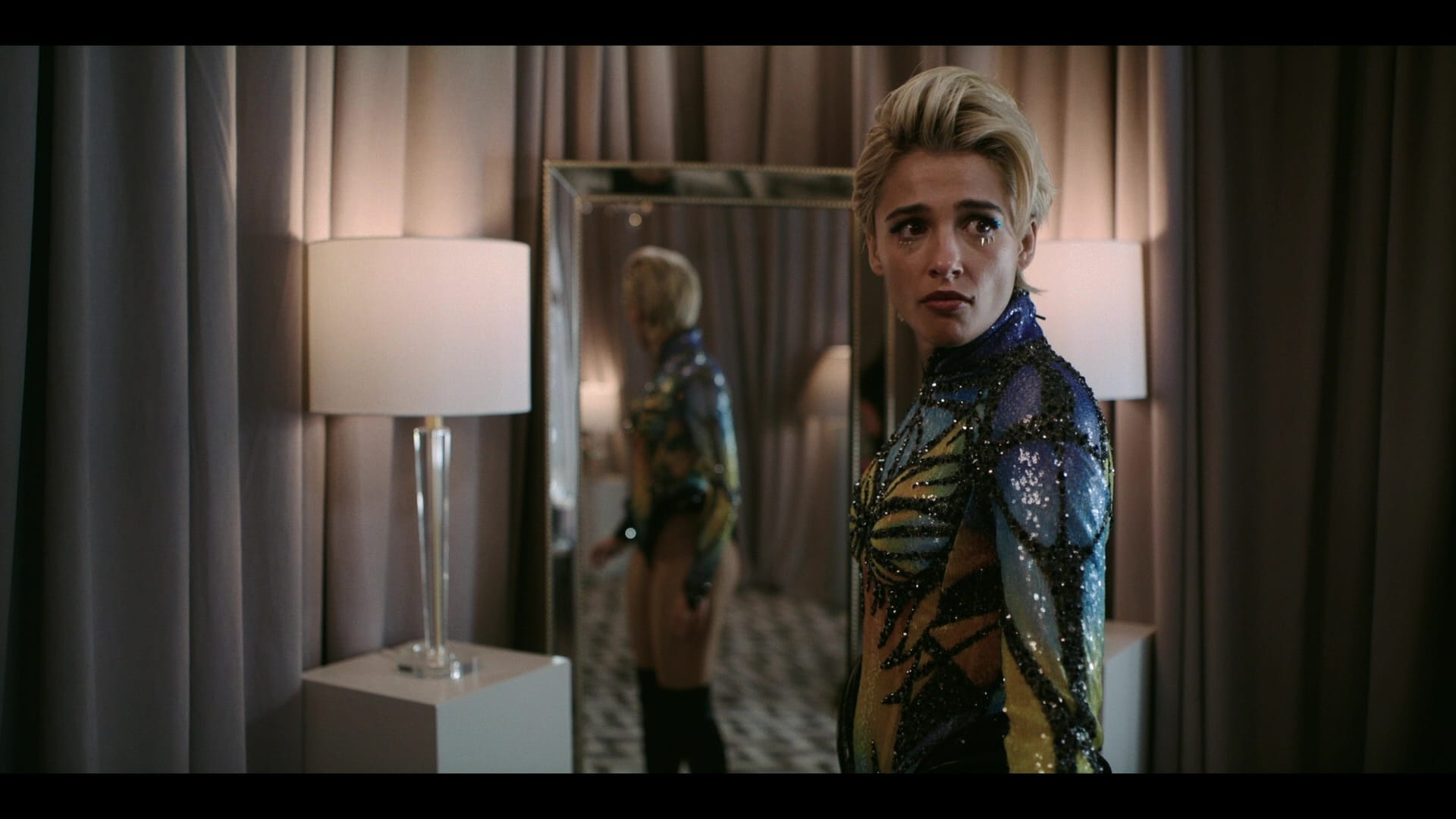
There’s also the fact that unlike a certain other 2024 genre release that spent a lot of time with a pop singer, Skye’s songs – all performed by Scott – are actually good. (I’ve had one of them stuck in my head since I saw the movie earlier this week, and I kind of don’t mind it!) The extra polish makes the movie’s world feel slightly more solid, encouraging us to suspend our disbelief on certain other developments a little more easily.
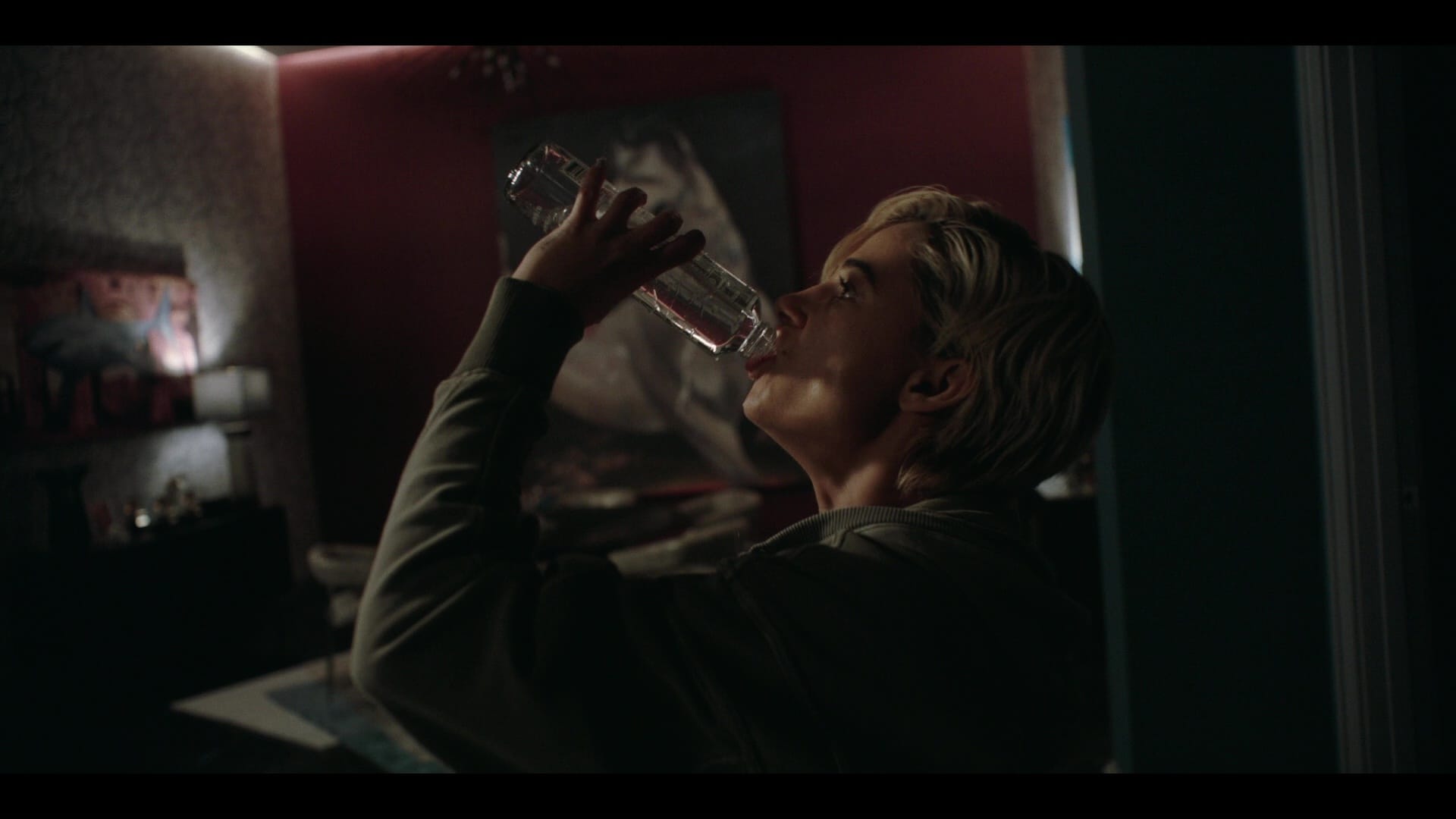
So, yeah. If you want to see a truly radical solution to the perpetual sequel problem of “same again, but more”, Smile 2 is here for you. I have no idea where Finn will take it next – or if a sequel is even possible given how this one ends – but I would love to see him try. And Naomi Scott should have been nominated for a whole bunch of awards.
Paramount’s Smile 2 special edition – which, as I mentioned the other day, confirms the studio’s new policy of offering new releases in 4K/Blu-ray combo sets, rather than individual discs – offers the feature in a razor-sharp 2.00:1 presentation with very effective Dolby Atmos audio. (A recurring sound effect of something crackling or breaking offscreen is distressingly precise.)
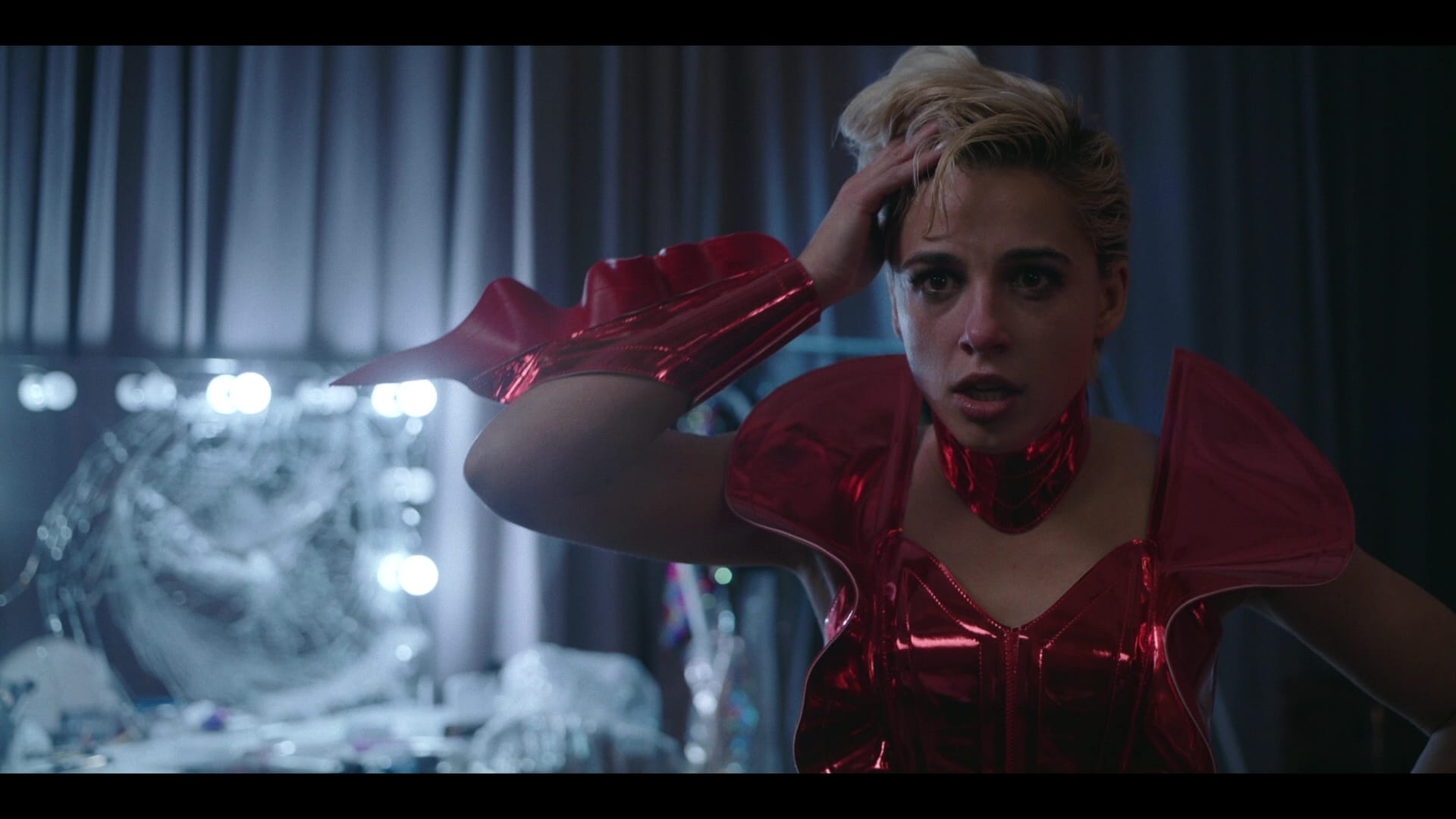
In the accompanying audio commentary, Finn seems over the moon to have pulled off this wildest of concepts – and a series of featurettes zooms in on various aspects of the production, including the development of Skye’s music and public persona, Finn’s love of practical effects and how much fun Lukas Gage and returning player Kyle Gallner (not a spoiler, I promise) had with their big scenes. And Scott pops up throughout, cheerfully discussing this extreme moment or that complicated physical stunt like it’s no big thing. She’s gonna be major, I can feel it.
And speaking of visually intense nightmares, The Cell is back!
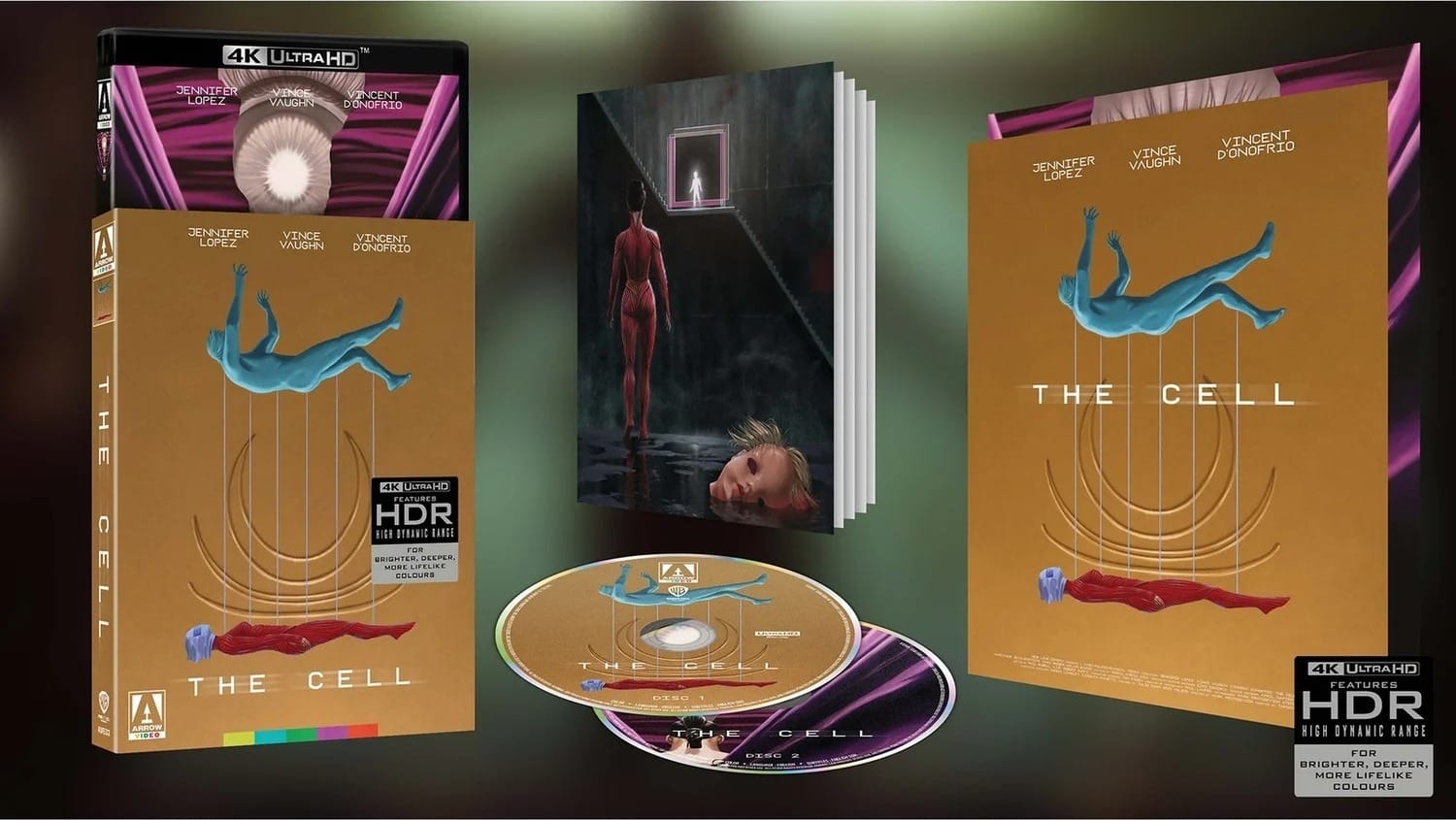
Remember The Cell? The visually stunning, narratively whatever serial-killer thriller that marked the feature debut of music-video director Tarsem Singh? The one people mostly remember for the trailer where Jennifer Lopez and Vincent D’Onofrio wear weird outfits and make monster faces at each other?
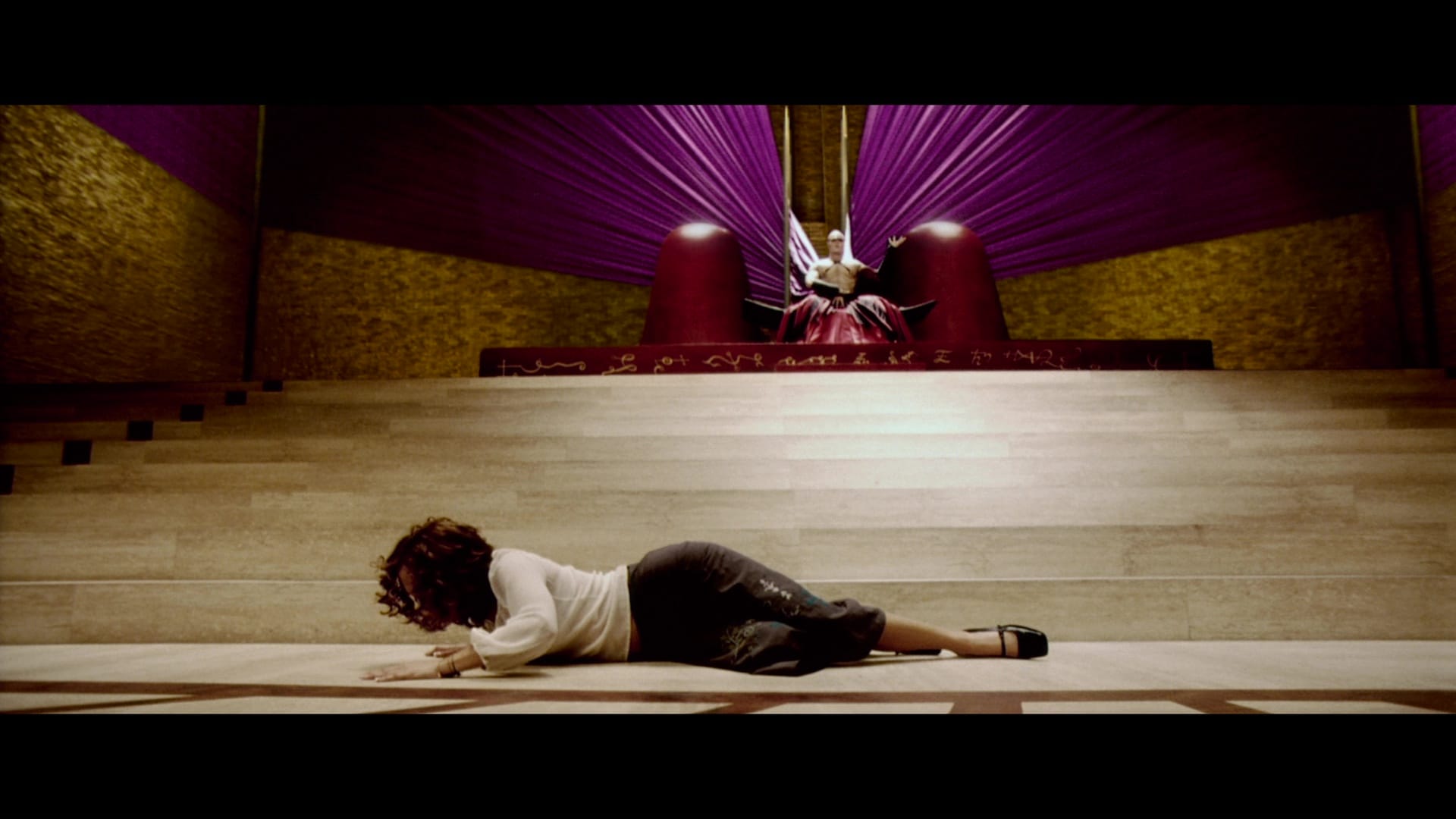
I can see the appeal of revisiting The Cell, which arrived as yet another style-drenched child of Jonathan Demme’s The Silence of the Lambs, following the efforts of a driven investigator to stop a depraved maniac before he can murder again. The twist here is that serial killer Carl Rudolph Stargher (Vincent D’Onofrio) is already in custody, but in a comatose state, leading FBI agent Novak (Vince Vaughn) to reach out to child psychologist Catherine Deane (Jennifer Lopez), who’s been working with an experimental technology to enter the minds of traumatized children and help them confront whatever horrors they carry within.
Novak’s pitch is to send Catherine into Stargher’s head, searching for clues in his memories and psychotic fantasies. But the tech was designed to be used for therapeutic purposes, and there’s a chance Catherine might never be able to find her way back out of a hostile mind.
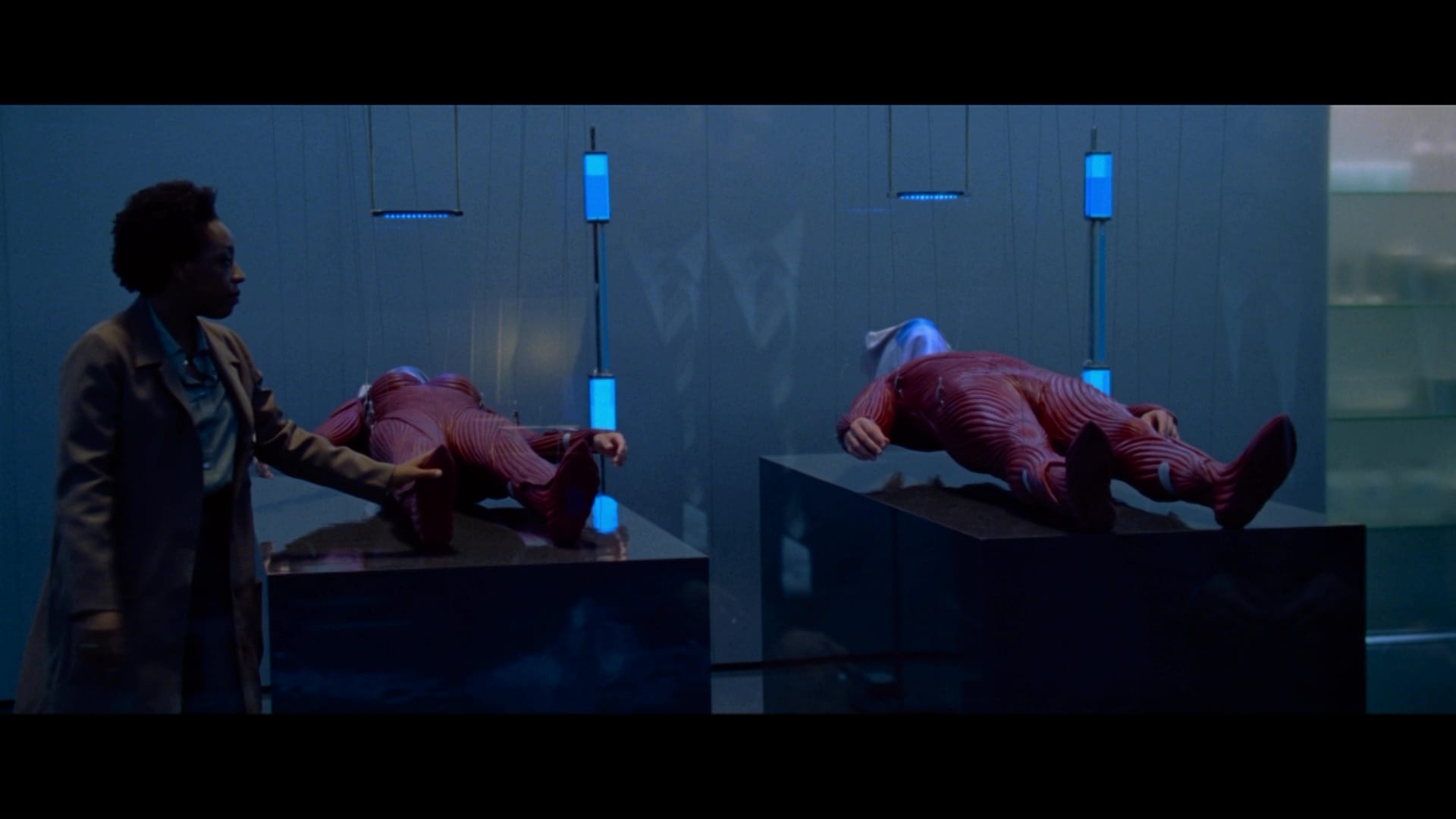
Good setup, right? The Cell had a strong, easily communicated hook (EnTeR tHe MiNd oF a SeRiAl KiLleR!) and a solid (if retroactively bizarre) cast; D’Onofrio is in his element as a preening weirdo, of course, but Vaughn was a few years away from fully embracing his destiny as a motormouthed goofus and Lopez was riding the entirely justified acclaim from Out of Sight before settling into a series of empty rom-coms and hollow prestige dramas.
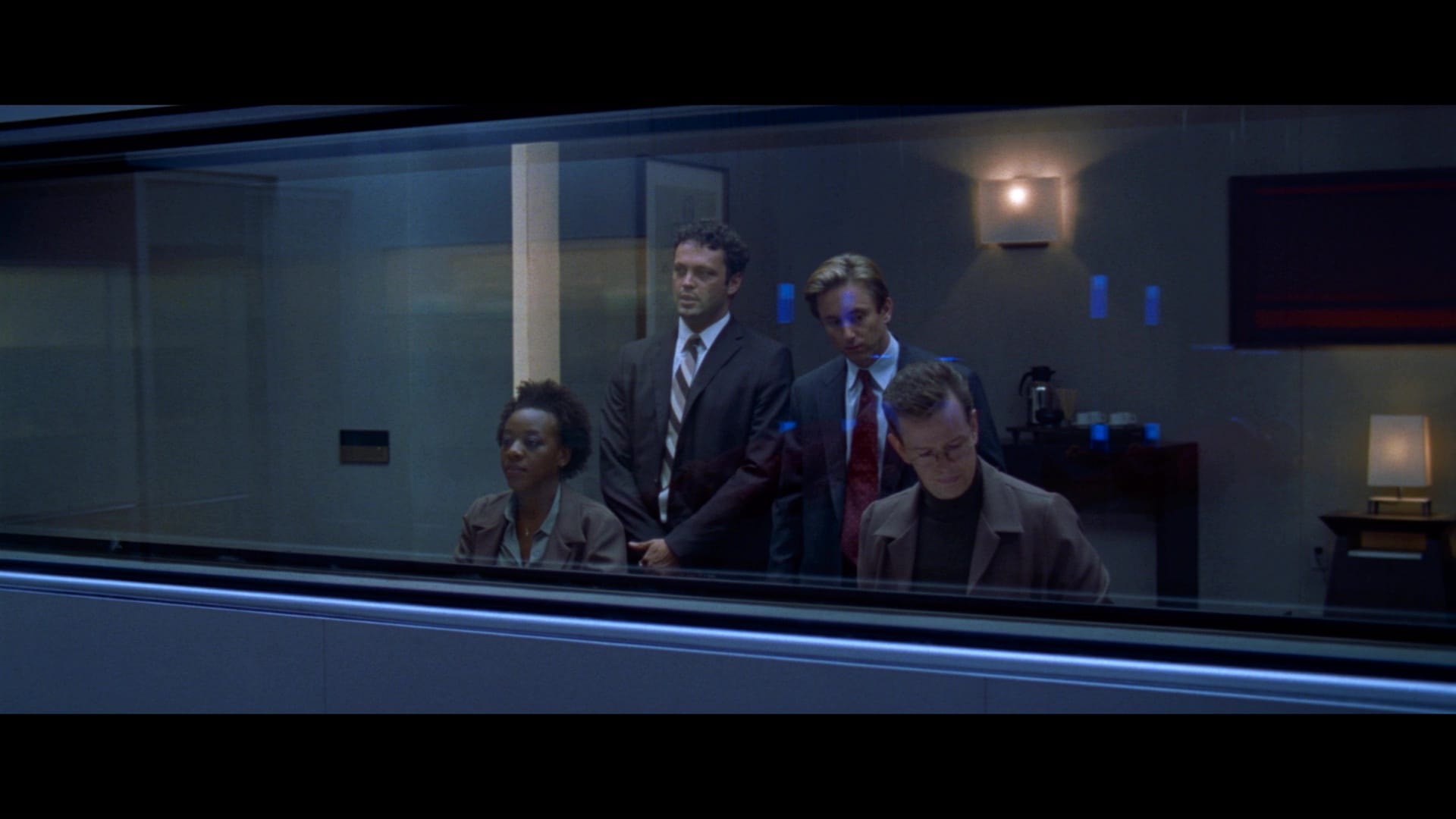
The supporting cast is similarly loaded – there’s Dylan Baker and Marianne Jean-Baptiste as the eggheads running the mind machine, and Jake Weber, Pruitt Taylor Vince, Dean Norris and Patrick Bauchau all make appearances. And the visuals were indeed stunning, with Singh (billing himself at the time solely by his first name) going hard on solarized imagery and baroque compositions, referencing everything from William Blake to Damien Hirst (take that, Tooth Fairy) and leaning very heavily on the edgelord videos of the day, especially the Nine Inch Nails.
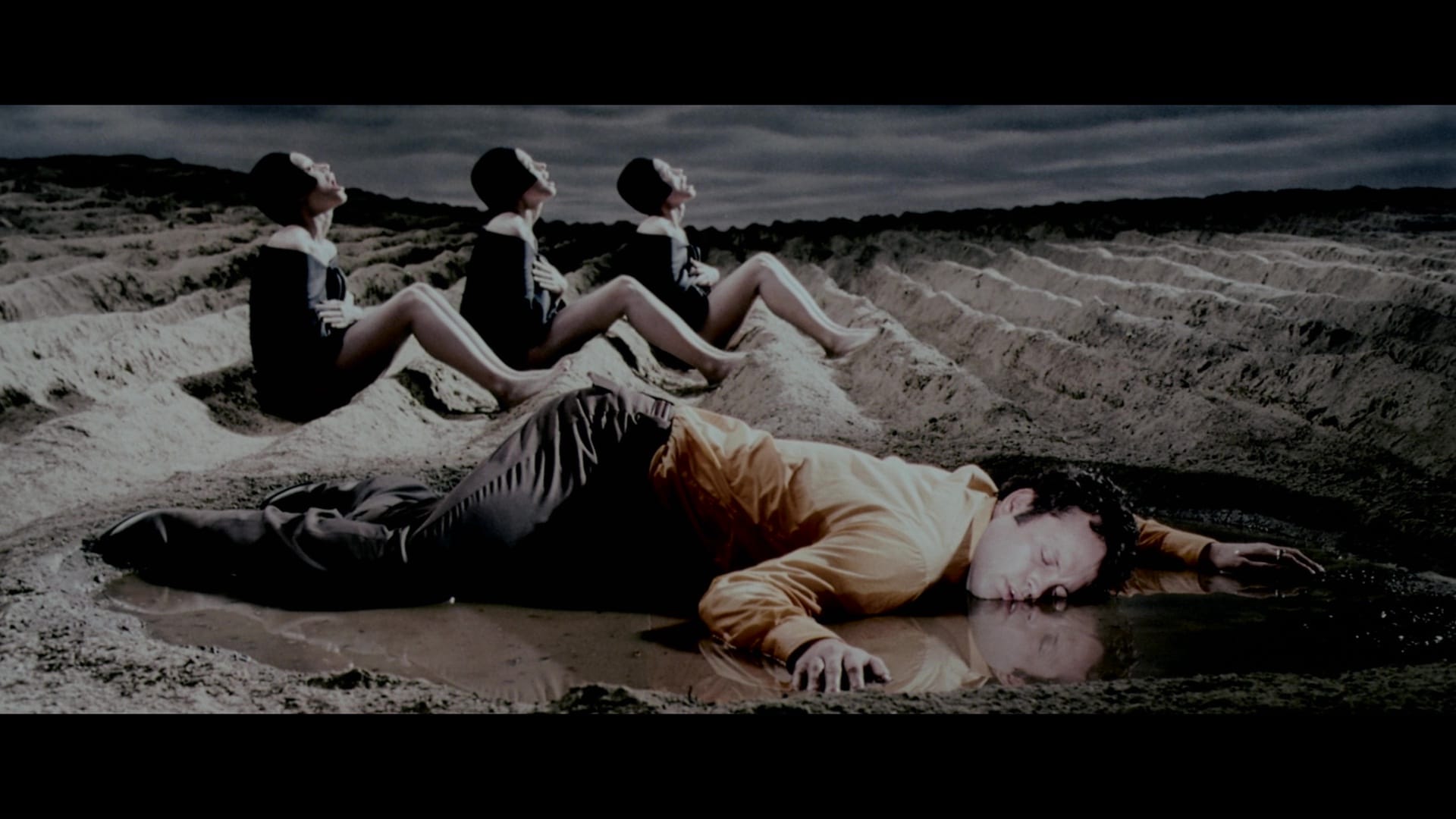
Positioned as a big splashy summer thriller, it did pretty well. It’s just, you know, utterly forgettable.
For all of its serial-killer posturing, The Cell is mostly just an excuse for Singh to show off his visual chops – which are considerable – but without any insight into its characters it’s just empty spectacle. Why does the inside of Stargher’s head look like an acid trip at MOMA, when his preferred method of murder – trapping his victims in a glass case that slowly fills will water – is so basic? Mark Protosevich’s script never offers any connection between its worlds, metaphorically or otherwise; all we get is some basic hand-waving about child abuse creating adult monsters, which feels like another quote from Red Dragon.
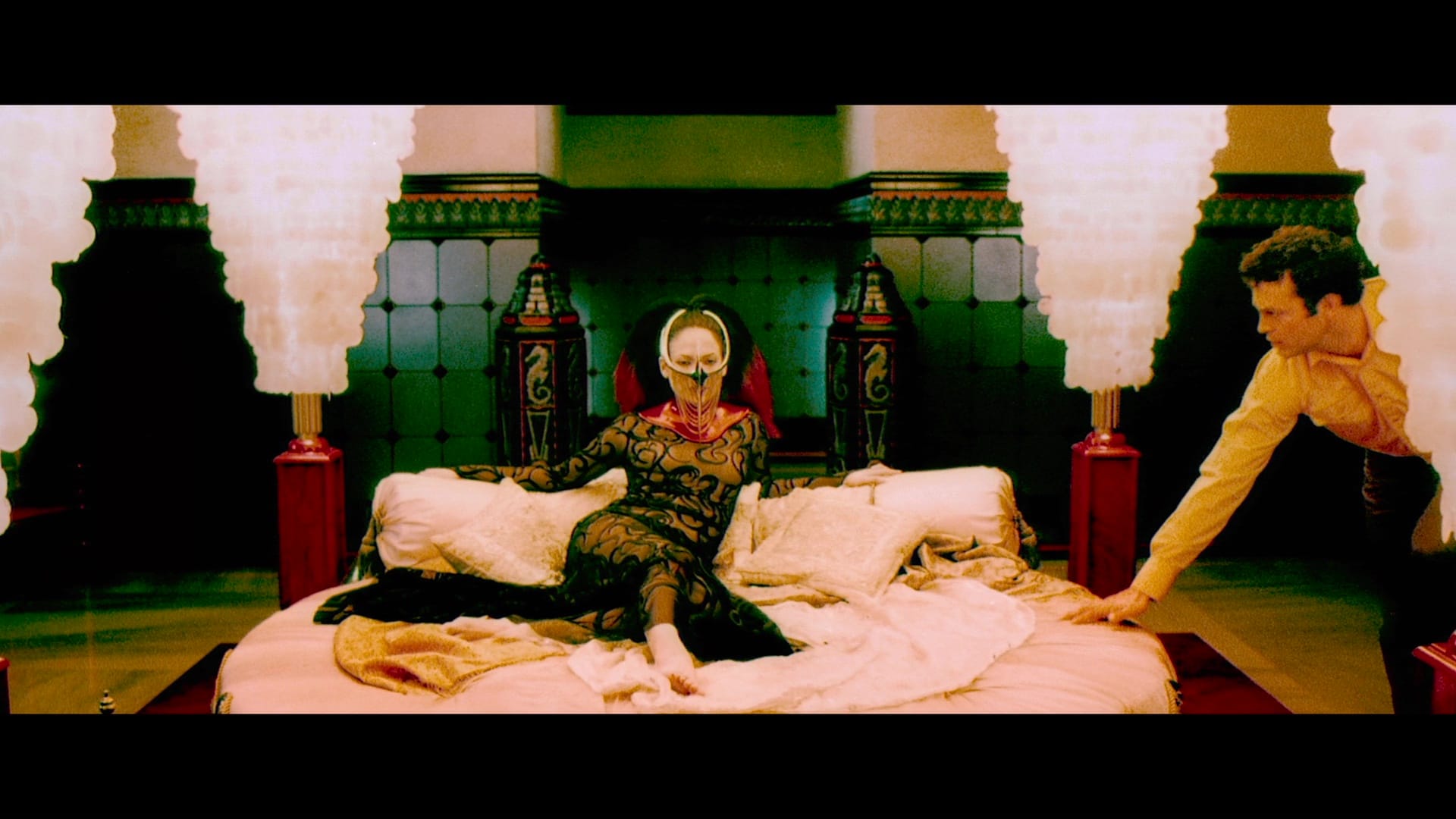
But back to those visual chops, and yes, The Cell generates some fascinating images, even if you can’t find a single idea in them. Its strengths may be entirely superficial, but people remember them fondly, and 25 years later they can buy it in a brand-new 4K limited edition from Arrow Video with brand-new UHD masters of both the theatrical and director’s cuts and a bonus presentation of the theatrical cut opened up to 1.78:1, which Arrow previously did with The Chronicles of Riddick – though this one also offers a different color grade than the 2.39:1 transfers.
(For the curious, the director’s cut – which has been available on DVD and Blu-ray – adds about two minutes of material, most of which feels like Singh’s attempt to outdo Seven for shocking indignities committed on a corpse. Masterful gambit, sir.)
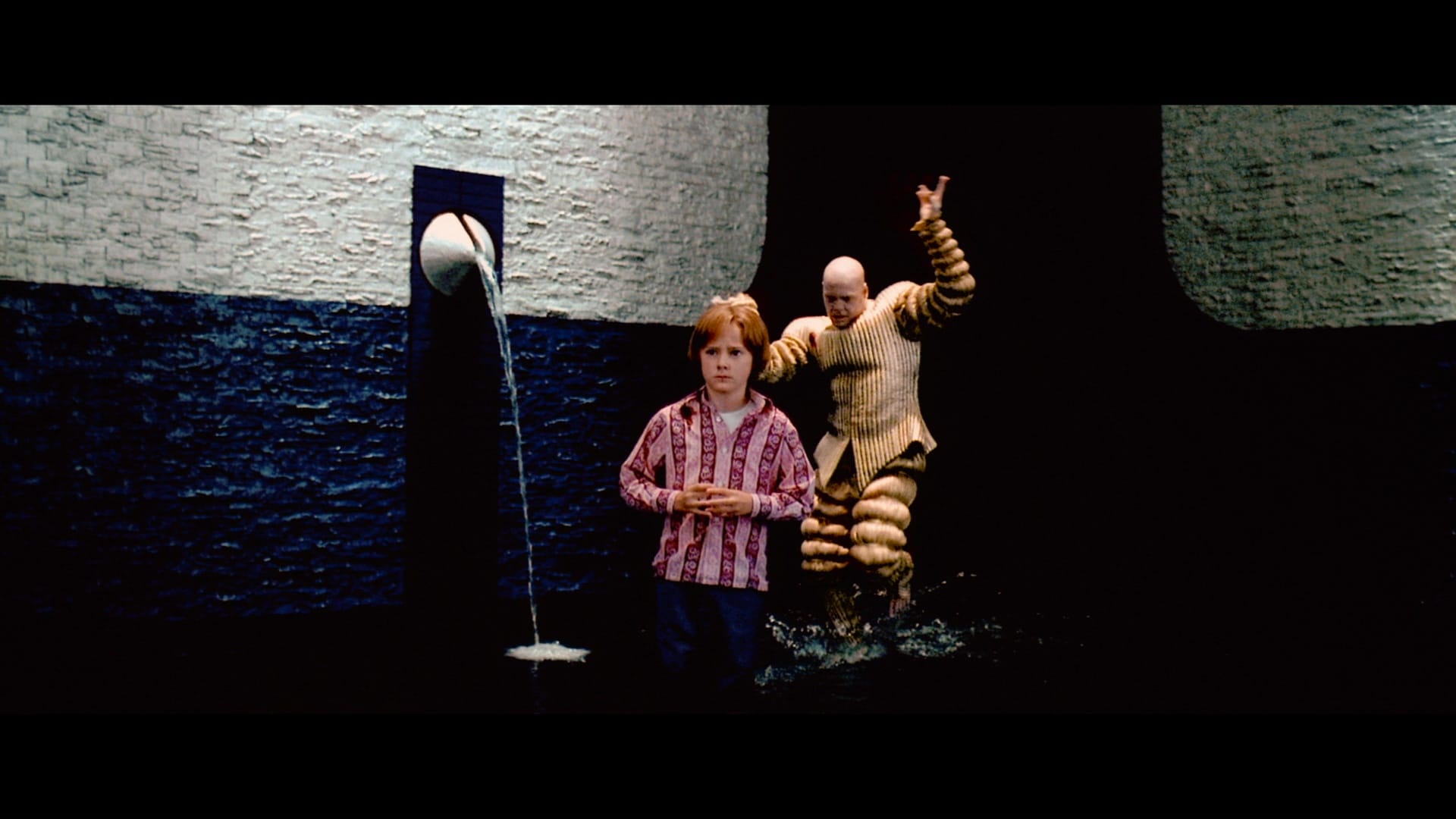
On a purely technical level, it’s a reference-quality disc, though there is one caveat: There’s an issue with some repeated footage at about 13:40 in the director’s cut on both the 4K and Blu-ray platters, with a transition from a close-up of a blanket to a helicopter shot of a sand dune playing twice, the overwritten footage of Catherine drifting off watching Fantastic Planet appearing at the end of the subsequent dream sequence a few minutes later, after she wakes up with a start. I have rewritten the previous sentence so many times the words no longer make sense, but I can draw you a diagram if you want.
Arrow’s releases of Twelve Monkeys and Henry: Portrait of a Serial Killer arrived with similar glitches, and the label offered replacements for the affected discs, so it’s likely that a fix is already underway with this one as well.
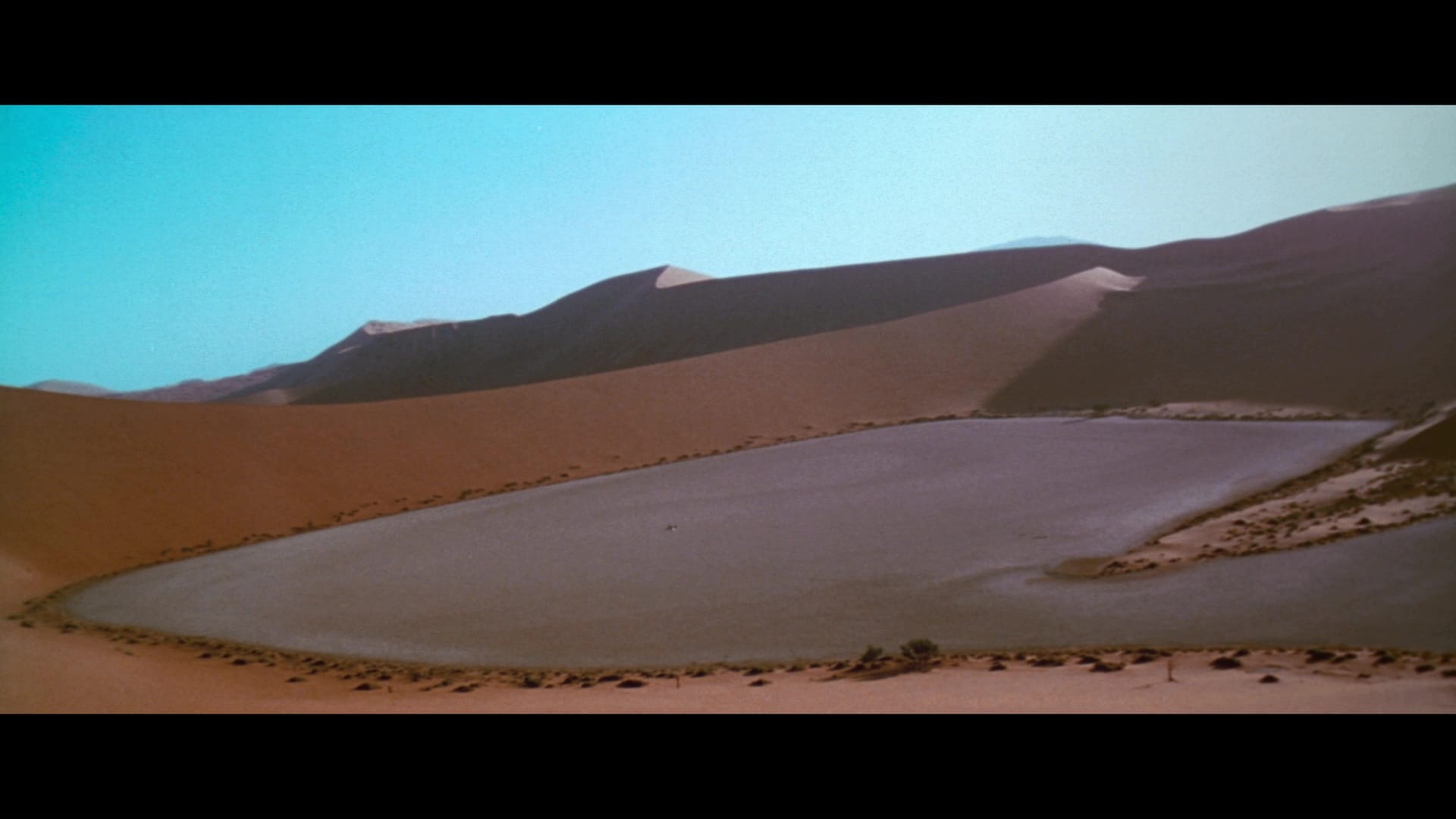
Which is good, because if you’re a fan of this film this is the release you’ll want to own, supplementing the commentaries, deleted scenes and interviews produced for New Line’s original DVD with a feature-length new interview with Singh and two separate chats with DP Paul Laufer discussing the shoot and his choices for the alternate grading on the 1.78:1 version and new visual essays from Alexandra Heller-Nicholas (“Art Is Where You Find It”) and Abbey Bender (“The Costuming Auteur”).
The director’s cut is also accompanied by two new commentary tracks: One from critics Heller-Nicholas and Josh Nelson, and another from screenwriter Protosevich and critic Kay Lynch. It’s everything a 25th anniversary edition ought to be … or it will be, once Arrow fixes the transfers.
Smile 2 is available in a 4K/Blu-ray combo from Paramount Home Entertainment; The Cell is available in separate 4K and Blu-ray editions from Arrow Video. (In Canada, you can find both versions at Unobstructed View.)
Up next: Mark Cousins brings Alfred Hitchcock back to life! Mostly.
